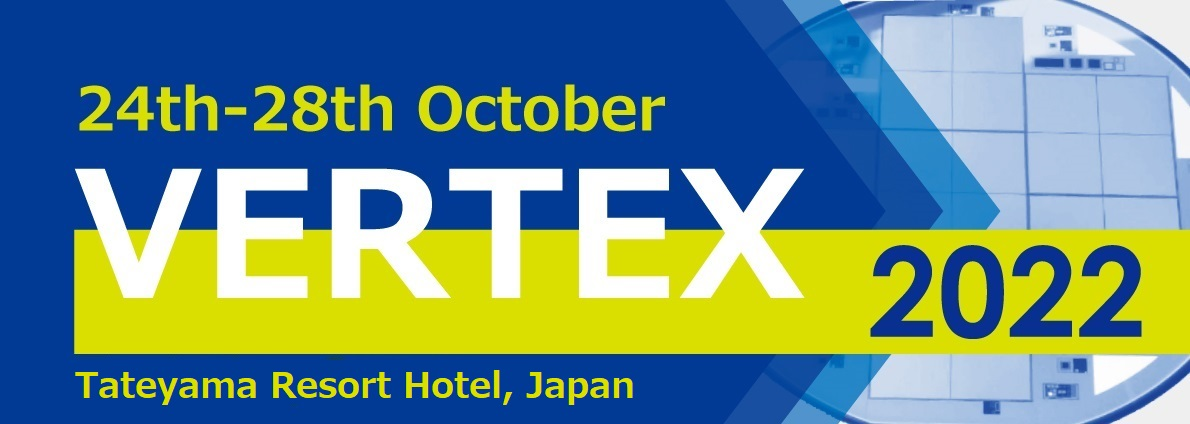Speaker
Description
A Muon Collider with the centre-of-mass energy ranging from 1.5 TeV to 10 TeV has gained a lot of interest in the recent years thanks to its unique combination of high energy reach, clean final states and low environmental footprint. In particular, discovery potential of the 100 km-long FCC-hh collider could be achieved with a more compact circular tunnel at a fraction of power consumption. These unique features of the Muon Collider come at a cost of extremely intense beam-induced background creating very high occupancy throughout the detector, especially in close vicinity to the interaction region – up to 1000 hits/cm^2 in the innermost vertexing layers. This not only poses challenging requirements for position-sensitive detector technologies, but also calls for a new approach to data acquisition and particle reconstruction that exploits some of characteristic features of the background particles.
This contribution will present the main technical aspects of the Muon Collider, focusing on the implications of beam-induced background for the design and performance of the vertexing detector. Simulation studies of the 1.5 TeV and 10 TeV Muon Collider designs will be compared, showing the top-priority directions in detector and software R&D, as well as the synergies with the ongoing efforts towards HL-LHC. These include the ps-level timing capabilities, directionality information, 4D track reconstruction with regions of interest, and others.
